May 24, 2025
Author:Jackson Watson
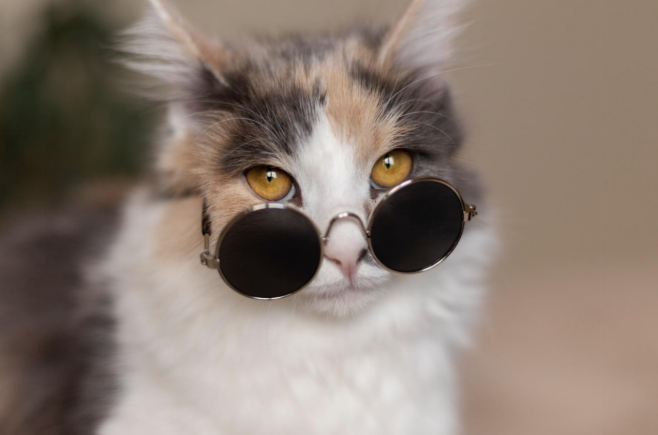
Cats see the world differently than we do, and understanding how they see color can help you choose the right toys, beds, and play areas for them. Many people think cats only see in shades of gray, but that’s not true. Cats can actually see some colors, though not as many as humans.
In this article, we’ll explain what colors cats can see, why they may like certain colors like blue, and how this affects their daily life and playtime. Knowing this can help you make your cat’s world more fun and engaging.
Rods and cones are the only photoreceptors that cats use in their retina. Rods are used by cats to see what’s happening in the dark and cones let them detect colors in the sunlight. Cats have a smaller number of cones than humans do. That difference results in birds not seeing all the colors, but they can see better in darkness because of the tapetum lucidum. It sits behind the retina, reflecting light onto the photoreceptors which help cats achieve much better vision in the dark.
Rods dominate a cat’s retina. They help your pet track a toy in a dim room and notice the smallest vibrations of a mouse. Cones, on the other hand, manage color detection. Since cats have fewer cones, they see fewer colors. They see well when light is bright, but at dawn or dusk—when they like to hunt—the rods take over. To keep your home engaging, you can mix high-contrast patterns with subtle color pops. If you’re fitting out a playroom, check out these essential pet care tips to stay on top of your cat’s health and happiness.
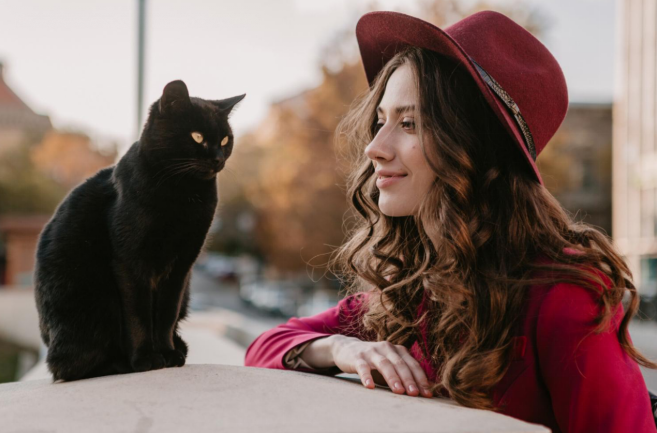
Humans are trichromats. We use three types of cones—red, green, and blue—to see a wide rainbow of hues. Cats, however, are usually dichromats. They rely on just two cone types—blue-sensitive and green-sensitive—to sample their world. Some studies hint at faint red detection, but most agree cats see a smaller slice of the spectrum.
In practice, that means they distinguish blues and yellows well, catch some greens, and treat reds as dull grays or greens. If you worry about your cat’s color sense, remember that their sight excels where ours falters: low-light motion detection.
● Blue and Blue-Violet: Cats pick up on wavelengths around 450 nm. Bright blue items really pop for them. That’s why playing with blue strings might excite them more than red ribbons.
● Yellow and Yellow-Green: Wavelengths near 550 nm stand out. A soft yellow scratching post may comfort them better than a deep red one.
● Green: Cats sense greens, though a leaf may look less vivid to them than to us.
● Red, Orange, and Pink: Without red-sensitive cones, cats read these hues as muted shades. A red laser dot may fuse into a gray blur.
Together, these points help you choose the best colors for toys, beds, or collars. If you travel with your cat, use carriers that include blue or yellow accents so they spot it easily—see our guide on traveling with your cat by car for more tips.
Your cat’s view of the world is like a human with red-green color blindness. They miss reds and oranges but see blues and yellows clear as day. While our rainbow spans from violet to deep red, theirs trims off the long and short ends. Yet, they trade color range for night vision prowess, so they never complain.
Research from the 1970s first mapped feline cone sensitivity and confirmed a peak around 450 nm—solid proof that cats see blue. Modern experiments back this up, showing brain cells firing when cats spot blue light. So if you ever wonder colors can cats see, rest assured that blue ranks among the clearest for them.
Use blue toys to keep playtime fresh. A blue teaser wand or plush mouse may draw your cat’s eye faster than a red ball. Even your décor can benefit: a blue cat bed might become their favorite nap spot. To keep hair off your shirts after play, combine play sessions with a hair removal hack that really works.
Cats may not sort light blue from dark blue sharply. Also, purple often looks like deep blue, blending red and blue ranges they can’t split. Still, blue-based items stand out far more than reds or pinks. If you splurge on a scratching post, pick a blue or yellow-green one to catch their interest.
Cats own the night. Their high rod count and tapetum lucidum let them see where we see black. At dawn and dusk—when they thrive—they spot mice at a distance we’d miss. For indoor cats, dimming lights near feeding areas may simulate twilight and trigger playful hunts. If you use water fountains, check out this fountain care guide to keep the flow smooth.
Cats boast a 200-degree field of view. We only have about 180 degrees. That extra side vision helps them detect fast moves, like a feather toy swooping past. When you place a timed feeder, pick one that swivels or has moving parts—cats love motion. Learn why timed feeders win for active cats.
Cats see clearly up close; they read your hand gestures within a few feet. Beyond 20 feet, objects blur. That near vision suits their ambush style—pounce when prey comes close. If you want to keep older cats moving, set toys at arm’s reach and hide them in low light. For tips on senior cat care, see how to keep older cats hydrated and healthy.
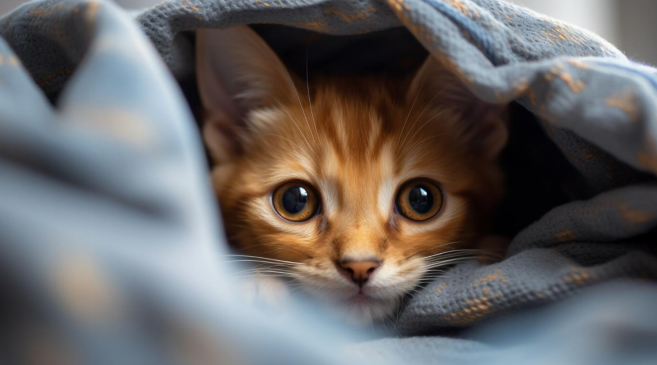
Use blue and yellow-green toys to seize attention. A yellow feather teaser or blue ball beats a red laser pointer that looks gray. If you love automatic play, compare options in our fountain vs. bowl guide—your cat might just prefer watching water to chasing a red dot.
Choose beds, scratching posts, and climbing trees in blue or green hues. These colors pop for cats and invite exploration. High-contrast patterns over plain backgrounds also spark curiosity. If you work away, a pet camera feeder can drop treats on schedule and let you watch your cat chase them under blue LED lighting.
Cats hunt with movement and brightness, not color. A slow-moving blue feather swings into view, but a still red toy may vanish into the carpet. Rotate toys, mix blue with a bit of green, and let their eyes dance. Pair that with the right diet—learn how food choice affects the environment as you pick treats that glow under their vision.
Despite ongoing debate over two vs. three cone types, all agree cats see a limited yet useful palette. If you’ve ever bought a red toy that sits unused, now you know why!
● Myth: Cats see only black and white. Reality: They enjoy blues, yellows, and some greens.
● Myth: Cats are fully colorblind. Reality: They spot blues vividly and distinguish some greens.
● Myth: Cats can’t use color for play. Reality: They respond better to blue and yellow toys.
● Pick toys in blue or yellow-green. Your cat will zero in on them.
● Skip red or orange items—they fade to gray in feline vision.
● Use moving toys to tap into motion sensitivity more than color.
● Add soft blue lighting or décor for a calming effect.
● Leave small night lights on for low-light exploration and play.
● Try an automatic pet feeder to keep meals on schedule and entice your cat with the light glow of the dispenser.
Cats live in a world that blends muted color with sharp motion. They see blue and yellow-green clearly, catch some greens, and turn reds to gray. Their vision excels when light fades, making them perfect dawn and dusk hunters. By choosing blue or yellow toys, high-contrast play areas, and motion-based games, you tap into their natural strengths.
Next time you shop for a new toy or redecorate their corner, remember what colors can cats see and watch your feline friend light up—no fancy words needed, just the right hues to match their unique world.
Label:
Popular Post

What to Feed a Sick Dog With No Appetite? [2025 Guide]
May 16, 2023
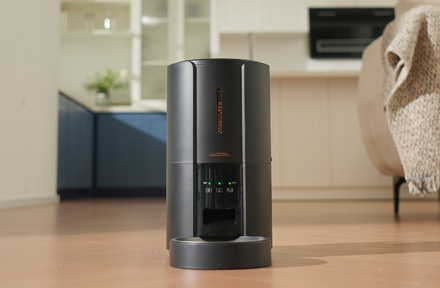
Troubleshooting Common Issues with Automatic Pet Feeders: Tips & Tricks for Pet Owners
Oct 26, 2023
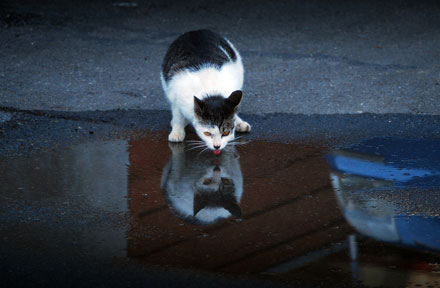
Why Does My Cat Cough After Drinking Water? 8 Potential Reasons
Mar 13, 2023
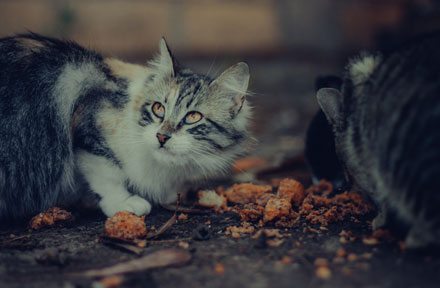
My Cat Only Eats A Little at A Time - What to Do?
Feb 27, 2023
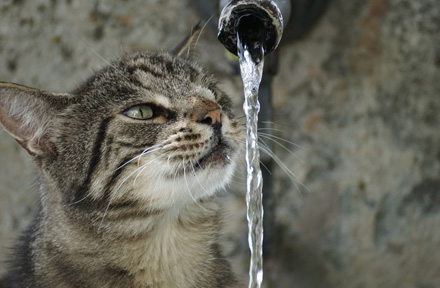
Why is My Cat Throwing up Water? Top 5 Causes Here
Feb 08, 2023
$99.99
$129.99
Copyright © 2025 WOPET. All Rights Reserved.